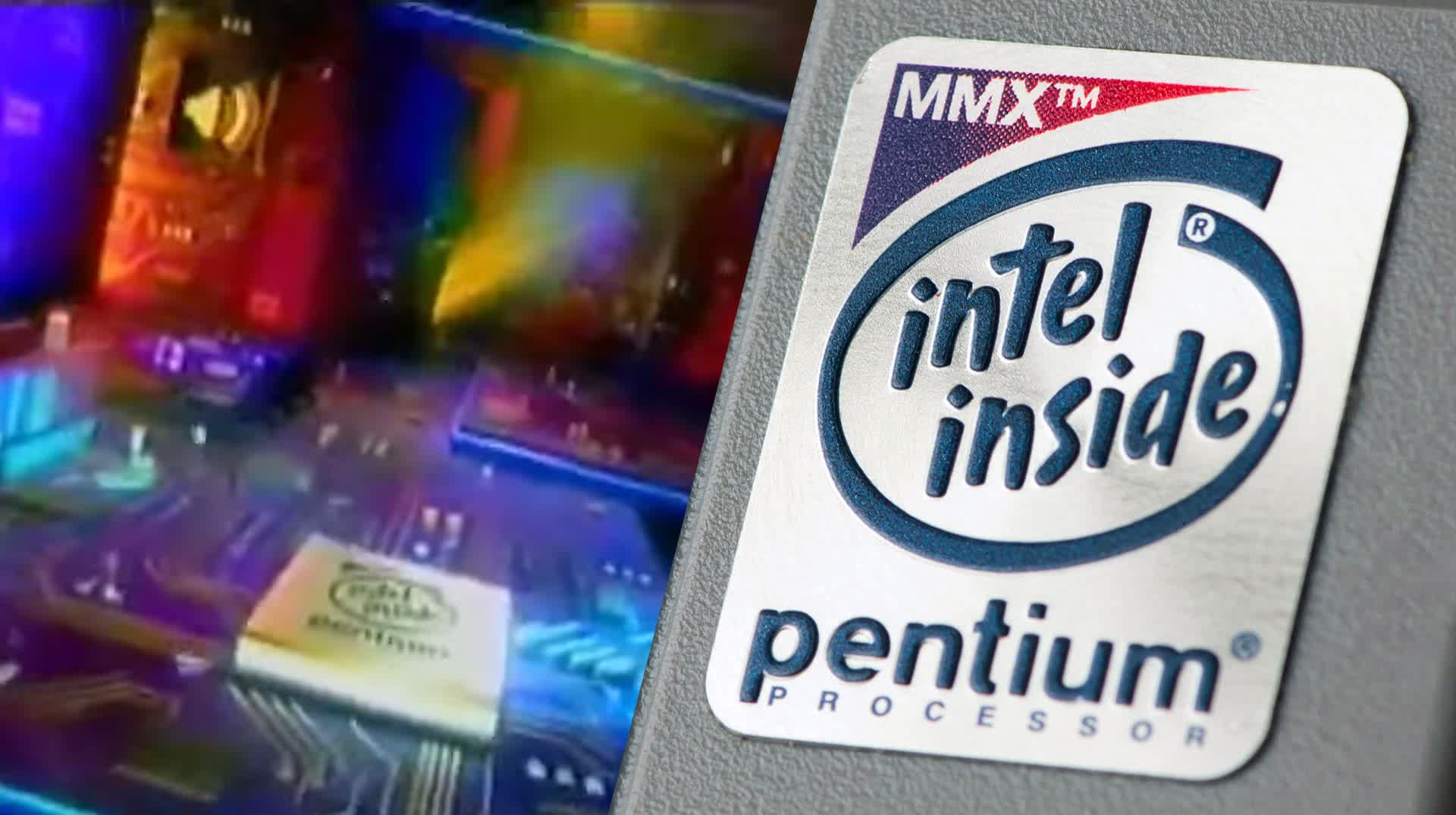While AMD themselves haven't directly commented either way regarding future products and AVX-512, I would argue the fact that they've ignored it for years (unlike AVX & AVX2) and that there seems to be no truly compelling application for it, are reasons enough to believe AMD won't bother with it. They may, of course, offer an alternative, as they did with MMX and SSE4, but both of those appeared very rapidly after the original versions came to market.
It may also be a case of the AVX-512's biggest problem: the die space it takes up. The image below highlights the SIMD registers in a Zen 2 CCD:
View attachment 87323
Those are 256-bit registers, so they would need to be four times bigger to offer full AVX-512 support (as the size
and number of registers doubles).

